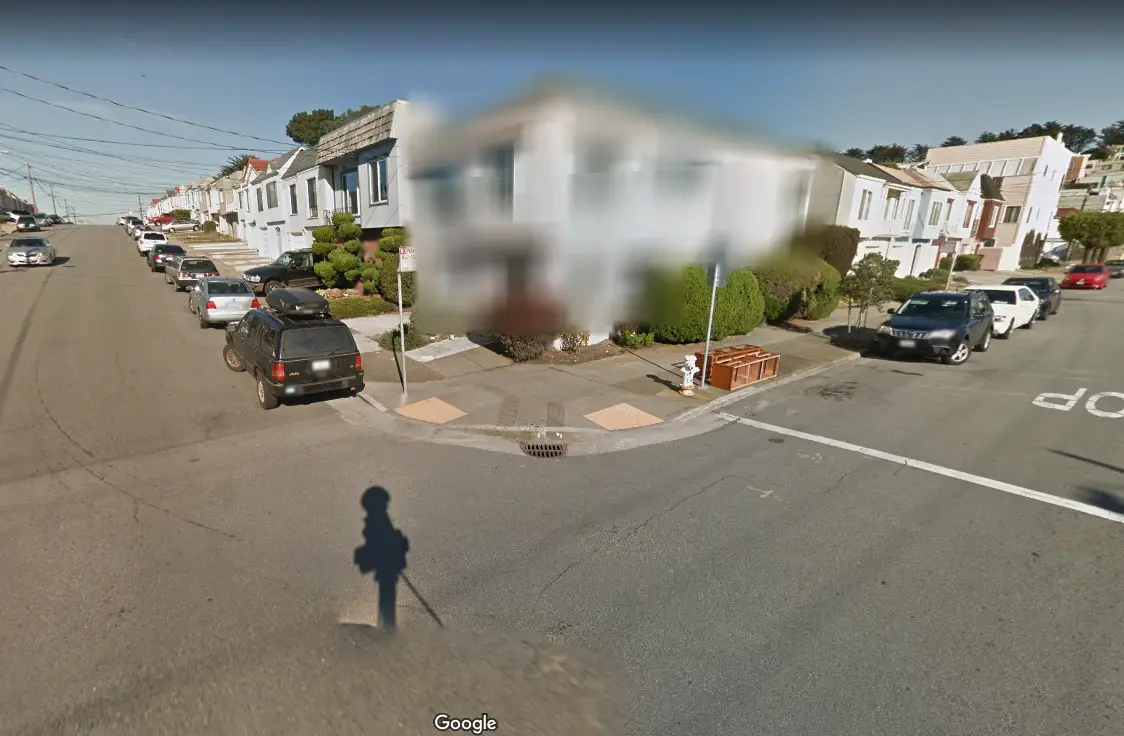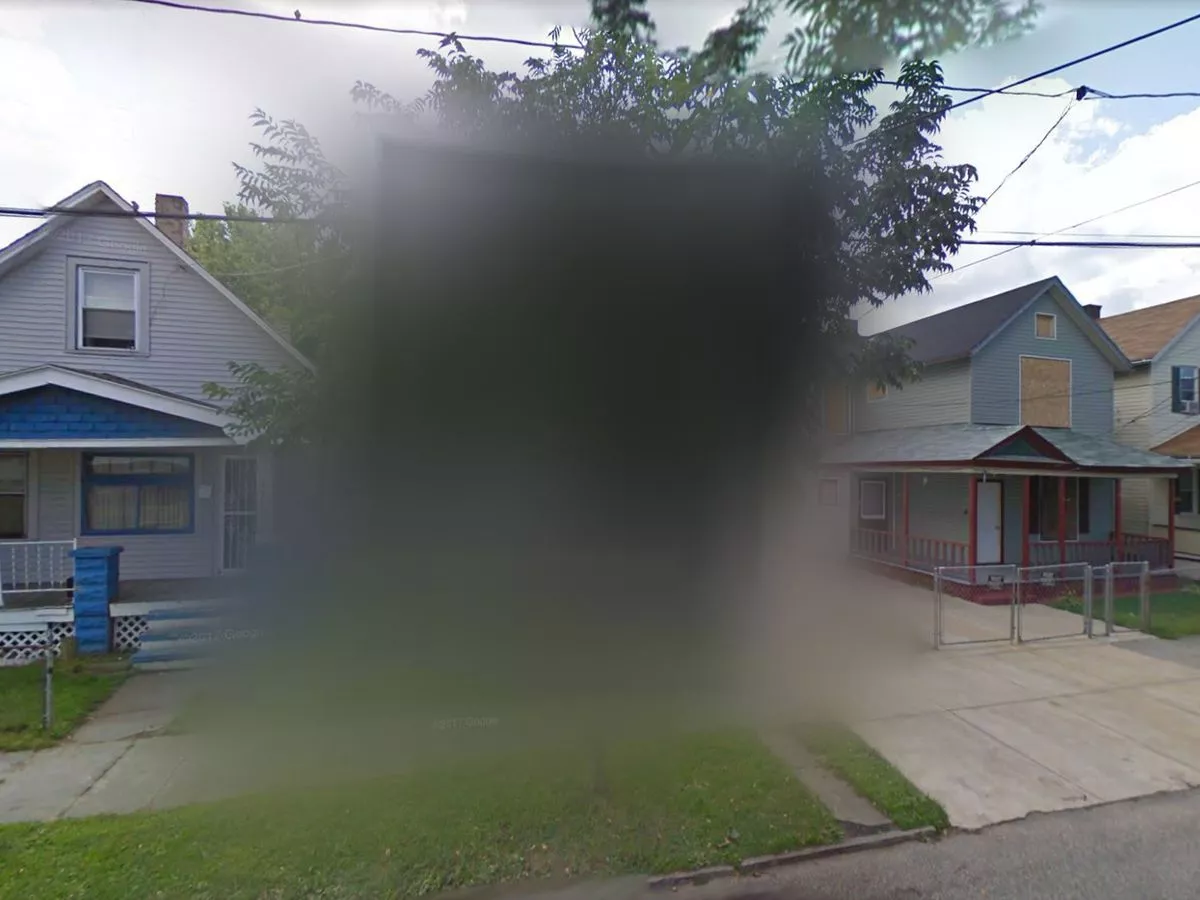Google Maps has made the decision to blur out a seemingly ordinary house for an absolutely horrifying reason…
Let’s be honest – we’d all be lost without Google Maps.
The handy service allows us to find the quickest and easiest way to get from A to B.
But the extra bonus of Google Street View is that it’s the perfect way to satisfy that extra bit of curiosity, giving us a peek at the outside of ordinary people’s homes.
However, there’s one address that’s blocked on Google Maps for a horrifying reason, and the internet is feeling shocked.
Related Article: Words You Should Never Google, According To People Who Have
Related Article: Mark Zuckerberg Warns Facebook Users Not To Screenshot Chats
Earlier this year, people discovered that Google Maps has a unique blurring feature.
This means that it’s possible to blur out your home on Street View for privacy reasons.
You might have noticed those peculiar, blurred-out structures scattered across Google Maps that stand out starkly against an otherwise clear streetscape.

It’s surprisingly straightforward to have your residence blurred out to keep out prying eyes.
To initiate the process, start by accessing Google Maps through a supported browser, as this function isn’t available on iOS or Android platforms.
Enter your home’s address and switch to Street View. From there, select ‘Report a problem.’
Under the ‘Why are you reporting this image?’ section, use the ‘Request blurring’ tool and specify ‘My home.’
Ensure the red box covers your entire building, extending the blur to its boundaries.
When prompted for a reason, choose ‘privacy reasons’ and provide your email for confirmation.
This action permanently obscures your home from public view.

Blurring your home prevents inadvertent sightings through windows or in your garden and serves as a deterrent against potential burglars who might exploit publicly available images to identify entry points or assess delivery drop-off locations.
However, there is something to bear in mind. Once you’ve blurred, you can never go back.
“Be aware, Google offers no way to reverse this process,” one commenter warns.
But now, news of one particular house that Google Maps has decided to blur out of its own accord has left the internet feeling horrified.
Related Article: Facebook Messenger Just Got A Huge Update That People Have Wanted For Years
Related Article: iPhone Has A ‘Secret Menu’ That Unlocks Hidden Features And People Are Just Finding Out About It
In Cleveland, Ohio, in a seemingly ordinary neighbourhood, there’s a house with a haunting past that has been deliberately obscured from view on Google Maps.
2208 Seymour Avenue is a residence that appears like any other among a row of typical suburban homes.
Yet, upon closer inspection using Street View, the house is conspicuously blurred out – for a truly chilling reason.

This house once belonged to Ariel Castro, a perpetrator of unspeakable horrors.
For nearly a decade, Castro kidnapped and held three women captive within this home’s walls.
Michelle Knight, Amanda Berry, and Georgina ‘Gina’ DeJesus endured unimaginable abuse and violence until Berry managed to make contact with neighbours in 2013 when Castro forgot to bolt the door shut when he left to have a meal with his family.
“Help me. I’m Amanda Berry,” she said after running into a neighbours home.
“I’ve been kidnapped and I’ve been missing for 10 years and I’m — I’m here. I’m free now.”
Tapes and chains were found in the house when police eventually investigated.
DeJesus and Knight found themselves bound together, confined to a room on the upper level of the house.
Berry, on the other hand, was kept in a separate area. In a harrowing turn of events, Berry gave birth to a daughter on Christmas Day in 2006, despite being shackled for much of her captivity.
Castro, intermittently, would take their daughter outside, granting her brief glimpses of the outside world.
Tragically, Knight experienced five pregnancies during her captivity, all of which ended in miscarriage.
These miscarriages occurred after Castro subjected her to abuse in an attempt to terminate the pregnancies, adding further horror to this harrowing story.

Following Castro’s arrest in May 2013, he pleaded guilty to a staggering 937 out of 977 charges levelled against him.
At the age of 53, he received a life sentence plus an additional 1,000 years following his guilty plea.
A month subsequent to this sentencing, he was discovered deceased in his prison cell, having hanged himself using a bed sheet.
“I don’t dwell on the past. I really try to look forward,” Knight tells PEOPLE. “I want to be remembered as a victor, not a victim.”
All three women have gone on to become advocates for missing women, and have released books about their lives before, during, and after their ordeal at Castro’s hands.
As part of the legal agreement, the house on Seymour Avenue was seized from his possession and subsequently demolished.
But even after the building’s demolition, it remains blurred out on Google Maps as a memory of the horrors that took place there…
Do you have a story for us? If so, email us at [email protected]. All contact will be treated in confidence.






